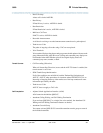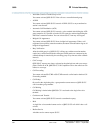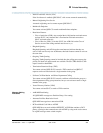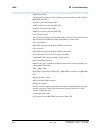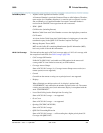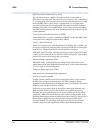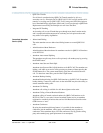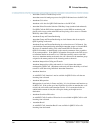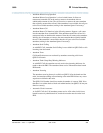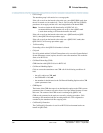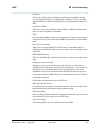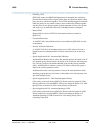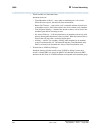
QSIG
389
Administration for Network Connectivity
555-233-504 — Issue 1 — April 2000 CID: 77730
B Private Networking
• Attendant Release Loop Operation
Attendant Release Loop Operation is a local switch feature. It allows an
unanswered extended call on the main to return to the attendant after an
administrable amount of time. The call first tries to return to the same attendant
that originally answered the call and, if that attendant is not available, the call goes
to the next available attendant (waiting in the Attendant Queue if necessary).
• Attendant Return Call
Attendant Return Call functions in the following manner: Suppose a call comes
into the attendant from a branch PBX. If the attendant extends the call and it is
unanswered after an administrable amount of time the call returns to the attendant.
Initially, the call attempts to return to the same attendant that originally handled
the call. If that attendant is unavailable, then the call goes to the next available
attendant (waiting in the Attendant Queue if necessary).
• Attendant Serial Calling
As with RLT-CAS, Attendant Serial Calling is not available in QSIG-CAS to calls
incoming from the branch.
• Attendant Tones
Call identification tones are not heard by attendants answering calls from a
QSIG-CAS branch.
• Attendant Trunk Group Busy/Warning Indicators
As with RLT-CAS, the attendant can only receive busy/warning indicators for
trunks at the main PBX. The attendant cannot receive information about branch
PBX trunks.
• Attendant Vectoring
The attendant vectoring feature is available to QSIG-CAS at the branch and the
main. An attendant-seeking call terminating at the main PBX follows any vector
steps that are defined at the main.
The QSIG-CAS Number should not contain the number of a remote VDN. Note
that there is no admin check to block such administration, but QSIG CAS may not
function correctly.
• Automatic Circuit Assurance
As for RLT-CAS, the CAS attendant cannot receive ACA referral calls from a
branch because any administered ACA referral extension must be on the local
PBX.



